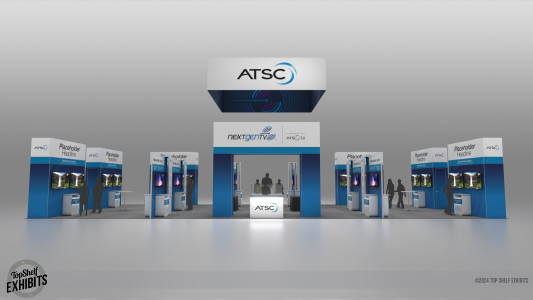
With ATSC 3.0 (aka “NextGen TV) now reaching approximately 75% of U.S. households, emphasis at the 2024 NAB Show will be on refinements and new applications for the advanced broadcast format—the most visible being HDR (high dynamic range).
“We’re expecting broadcasters to begin ‘taking the new car for a drive,’ with the expansion of high dynamic range programming to show viewers one of the key advantages of the new service—exceptional video that is matched with the Dolby audio system,” said ATSC President Madeleine Noland.

“We’re calling this ‘the year of HDR’ because a lot of stations have received, or will receive, permission to scale services into High Dynamic Range,” added Dave Folsom, Pearl TV group’s engineering lead. “At least two encoder manufacturers can now do this scaling, and that will make the service better. In most locations it will be provided as a 1080p service.”
Mark Aitken, senior vice president of advanced technology at Sinclair Broadcast Group, also weighed on the addition of high dynamic range.
“HDR is very significant, and one of the promises of the ATSC 3.0 standard is better television for America’s living rooms,” said Aitken. “It was the focus of the ATSC at this year’s CES. CBS’s delivery of the February Super Bowl LVIII in HDR should spur others to add this enhancement to their ATSC 3.0 transmissions and I expect to see announcements from other networks,” said Aitken, noting that HDR is nothing new at Sinclair. “We’ve been broadcasting HDR 24/7 at all of our stations with ATSC 3.0. Some 40 Sinclair stations are on the air with Advanced HDR by Technicolor.”
Seeing is Believing
West Hall of the Las Vegas Convention Center will host most of the 3.0 exhibitors and perhaps the best first stop for attendees interested in 3.0 is the ATSC booth (W3056).
“We plan to showcase both the NextGen TV sets and also upgrade accessory receivers at the NAB Show to make sure broadcasters are aware of the variety of set-top devices coming for consumers,” said Noland. “Already, consumers have their choice of NextGen TV-certified and security-verified receiving devices from ADTH and Zinwell.”
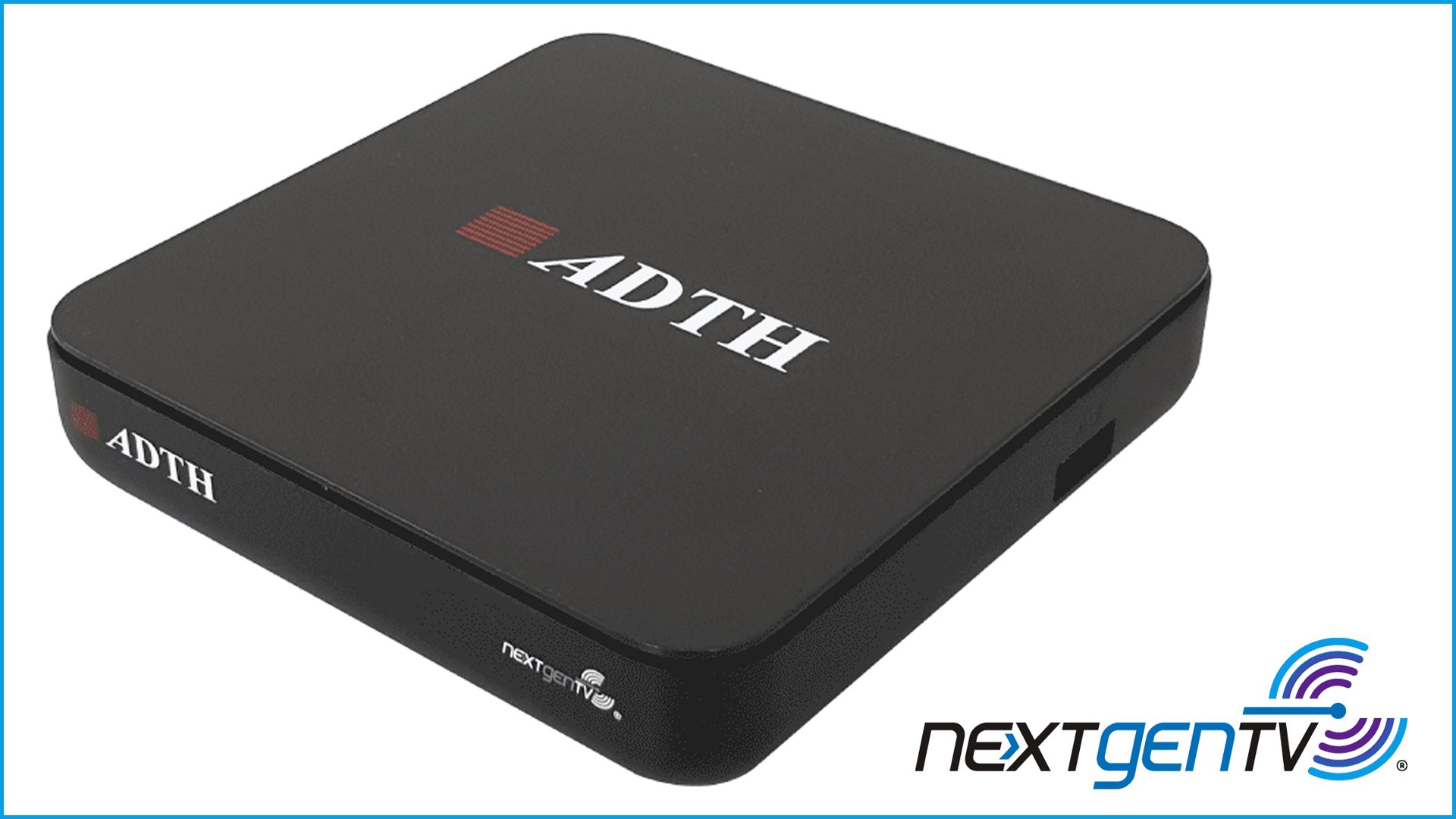
“There are a lot of standalone devices now available to enable NextGen TV reception with legacy receivers,” added Pearl’s Folsom. “All modern TV sets have HDMI input capability, so when a conversion device is added the user can painlessly switch between ATSC 1.0 and 3.0. This should go a long way to greasing the skids to full adoption.”
Aitken says Sinclair will also have an exhibits-area presence at the show with ATSC, and both an “on-floor suite” not far from the ATSC booth, and a Wynn suite, both demonstrating ATSC 3.0 datacasting. He also promised some surprise announcements at the show on recent major datacasting developments.
Additional Space for 3.0
Aitken says he hopes there is news from the NAB Show on a date for sunsetting 1.0, giving broadcasters more bandwidth to roll out the full inventory of audio, video and data enhancements that are part of 3.0.
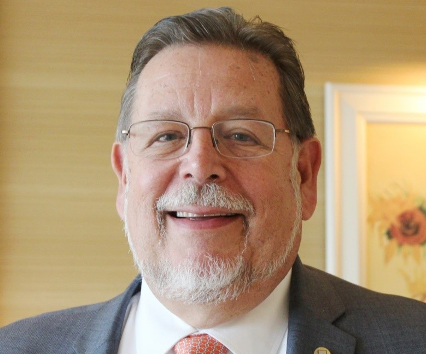
“I believe there’s good progress being made in the Future of Television Initiative [dealing with ATSC 1.0 switch-off and other 3.0 transition issues] within the industry, with the NAB playing a key role and the FCC and other regulatory bodies coming to an understanding of the nature of what has to happen in order to jettison the first stage of this rocket, ignite the second stage, and be securely in orbit,” Aitken added.
Anne Schelle, Pearl TV’s managing director, spotlighted another big NextGen TV development — “Run3 TV—that will be featured at the NAB Show.
“Run 3 is a powerful middleware solution that acts as an abstraction layer, simplifying the complex process of developing and deploying NextGen TV applications across varying operating systems and devices,” said Schelle, adding that it will allow broadcasters to reach wider audiences with more efficiency and less technical overhead.
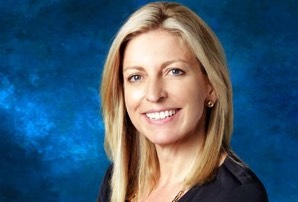
“At the 2024 NAB show, developers such as Velope, Playanywhere, Gameloop, and Roxi will showcase the innovative applications and capabilities enabled by Run3TV, highlighting the platform’s role in driving the future of interactive TV,” Schelle added.
New NextGen TV Hardware
Along with the new and updated 3.0 applications, manufacturers have been busy developing new products to show on the exhibit floor.
Heading the lineup of new transmitters for ATSC 3.0 is the new E-Compact EC600HP-BB3 series from Hitachi-Comark, optimized for LPTV/MPTV replacements and ATSC 3.0 SFN deployments, according to Joe Turbolski, Hitachi-Comark’s vice president of sales and marketing.
GatesAir will launch its Maxiva VLXTE-OP, “which essentially rounds out the top end of the Maxiva family for ATSC 3.0 transmission,” said Steve Rossiter, GatesAir TV systems applications engineer.

Although details weren’t fully available at press time, Rohde & Schwarz is also promising a new transmitter launch. “Rhode & Schwarz has developed a new and next-generation ATSC 3.0-native transmitter that embraces the liquid-cooled design and legacy while enabling operators to maximize their efficiency at minimized operational cost,” said Manfred Reitmeier, R&S’s vice president of broadcast and amplifier systems.“
Dielectric President Keith Pelletier says the company will show their latest antenna offerings, including the Powerlite TFU-WB-LP series. “Dielectric has spent the last several years building out its portfolio of ATSC 3.0 solutions,” he said. “We are 95% there in terms of filling out the entire product line, which will essentially allow us to serve any ATSC 3.0 requirements. Dielectric expects to fill in some final gaps with new models at NAB 2024.”
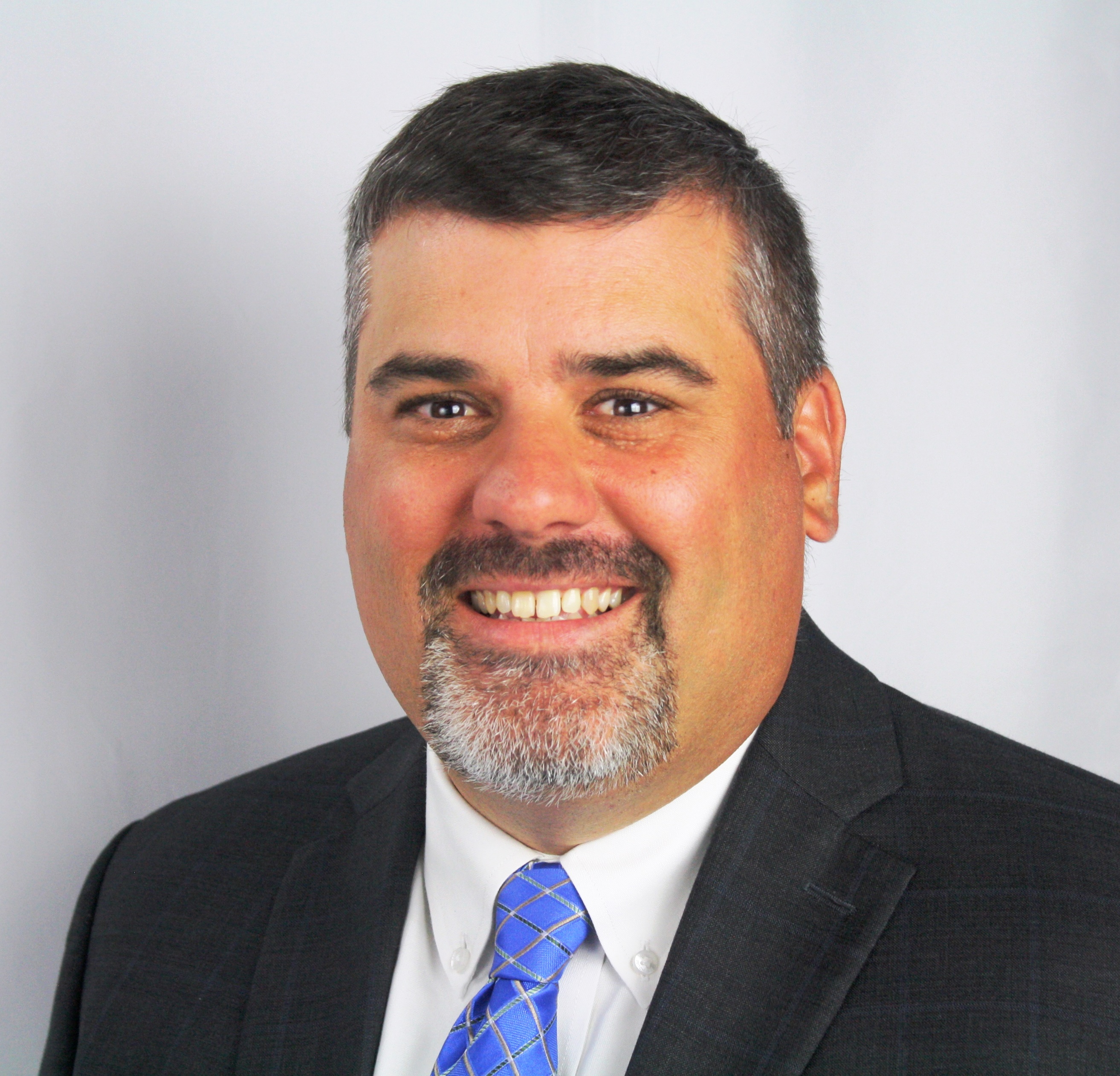
Attendees will also want to check out Harmonic’s XOS media processor and cloud-based VOS 360 Media SaaS offerings. “These feature a unique cloud-native common software foundation and next-gen media processing technology,” said Jing Zhou, Harmonic’s director of broadcast solutions. “They enable broadcasters to deliver ATSC 1.0 and 3.0 services simultaneously and efficiently, with feature enhancements including AI-powered video compression and quality optimization, simplified SDR/HDR conversions, and more.”
Also, look for Sencore’s new AG 2700 for monitoring of both ATSC 1.0 and 3.0 OTA signals. It provides ASI and IP outputs signals, and includes SNMP functionality.
These new product offerings only represent a small sampling of NextGen TV technologies that will be on display at the 2024 NAB Show.
NextGen TV Educational Opportunities
In addition to tire-kicking and networking opportunities at exhibitor’s booths, you’ll also want to take advantage of the large number of presentations being offered on ATSC 3.0 television. These are part of the BEIT (Broadcast Engineering and IT) sessions featured Saturday through Tuesday at the 2024 NAB Show.
Presentations will cover advanced emergency alerting, ATSC 3.0 television translators, use of ATSC 3.0 transmissions for positioning systems, converging ATSC 3.0 and 5G technologies, offloading of video streaming content via NextGen TV and more.
Of particular interest to broadcasters is the IEEE Broadcast Technology Society’s Saturday afternoon presentation, “ATSC 3.0 Business Case and Monetization,” focusing on creating additional revenue streams for stations. According to the session organizers, such topics as the delivery of audio (radio) services via ATSC 3.0, targeted advertising, use of geo-localized datacasting, and delivery of ATSC 3.0 enhancements through the use of virtual (Internet-delivered) channels will all be included.
Paul Shulins, IEEE BTS president and president of the Shulins Solutions consulting firm, terms this session a “must-attend” event.
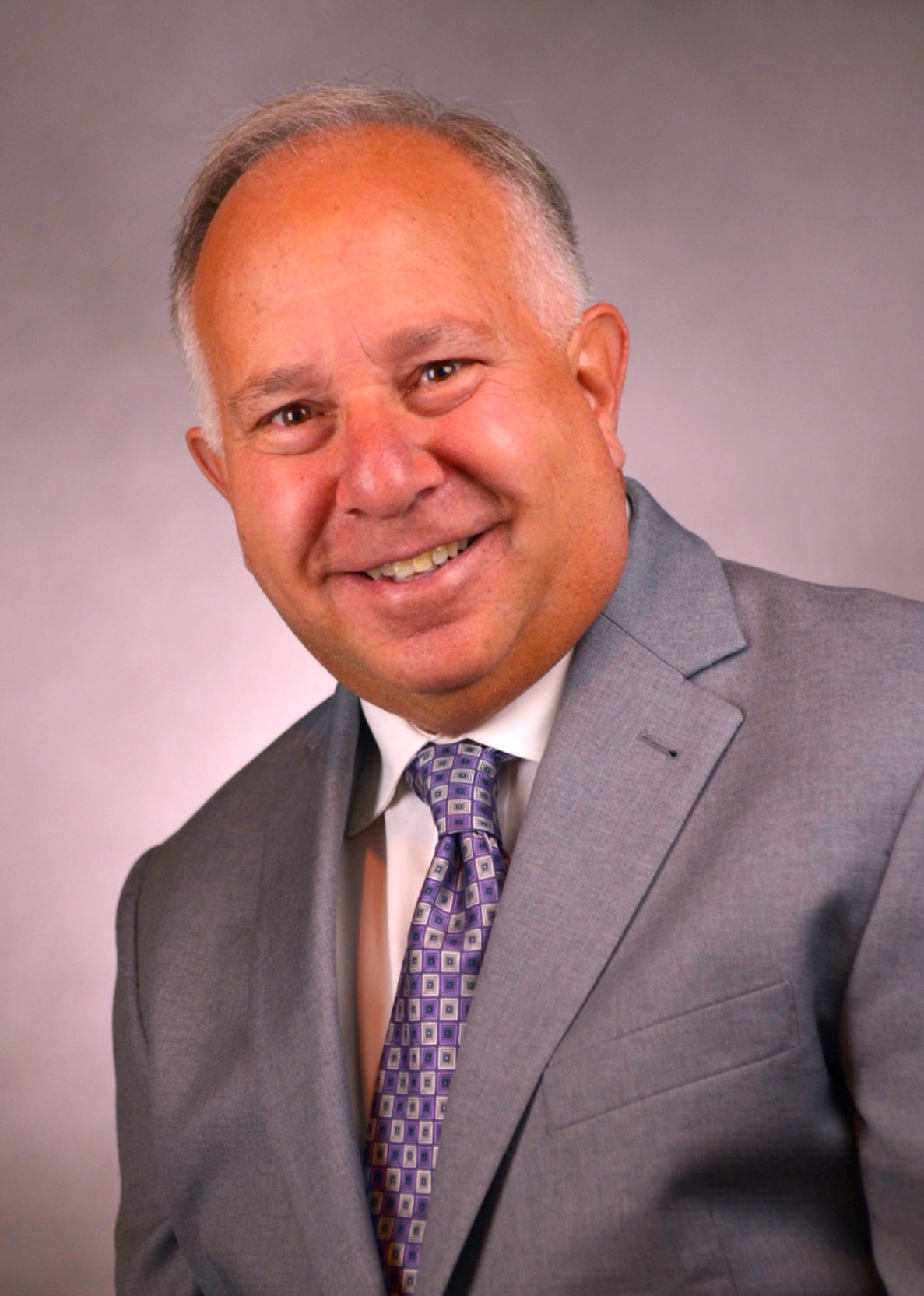
“Broadcasters today have many different options to generate revenue besides the traditional advertising dollars,” said Shulins. “Thanks to ATSC 3.0 this session will showcase several new creative concepts for monetizing your data capacity.”
Another session explores a relatively new ATSC 3.0 technology, “core networks,” which will provide delivery of television services and data across multiple TV transmission facilities in multiple markets.
“The ATSC 3.0 Broadcast Core Networks: Serving diverse use-cases across a heterogeneous broadcast and supplier ecosystem,” Tuesday afternoon panel discussion will be moderated by Spectra Rep COO y the chief operating officer at Spectra Rep, John McCoskey.
“Broadcast core networks connect broadcasters, end-user service providers, and virtualized network infrastructure providers and enable data-centric businesses using ATSC 3.0,” McCoskey. “Don’t miss this session if you are interested in learning about the role, value, and importance of broadcast core networks as a critical part of the ATSC 3.0 broadcast ecosystem.”
For a complete listing of BEIT ATSC 3.0-related sessions and times, visit https://nabshow.com/2024/learn/conferences/broadcast-engineering







